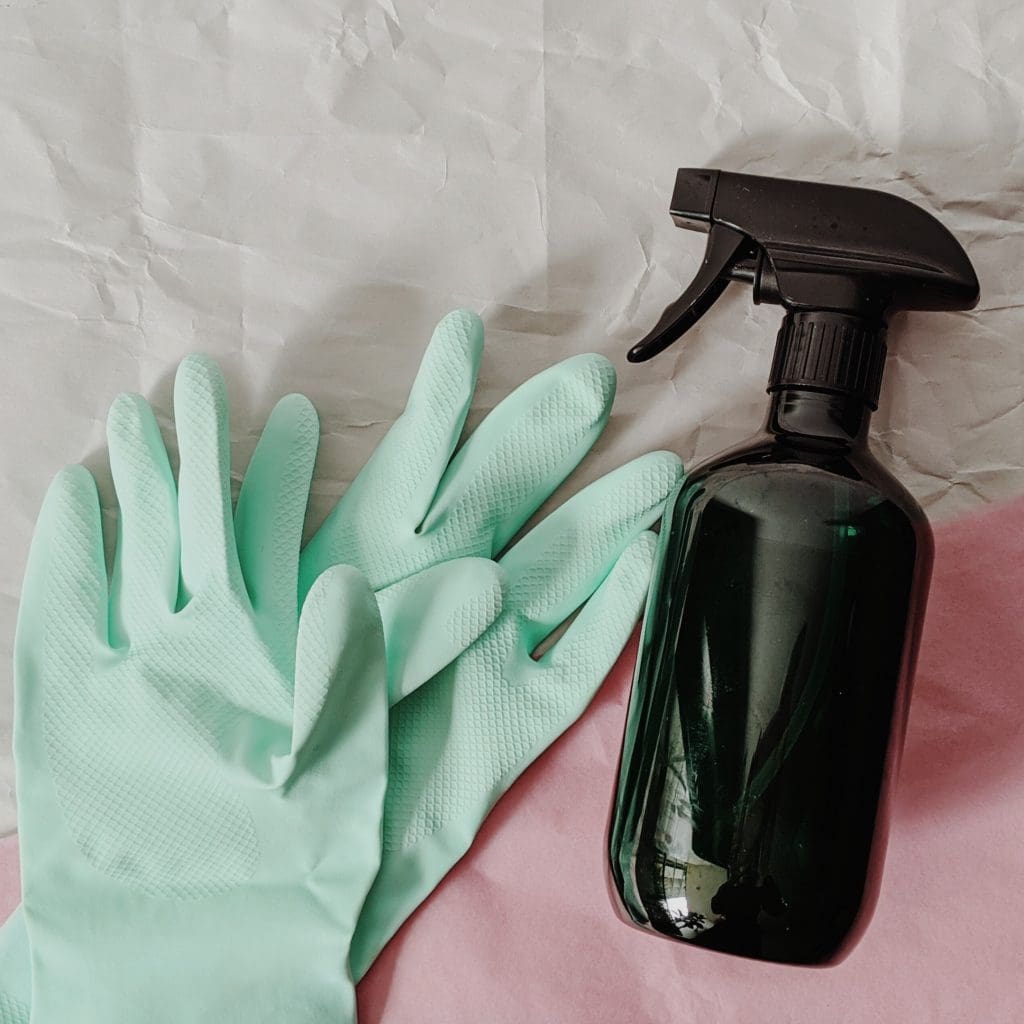By Nabila Al Hasan, Regulatory Compliance Specialist and Rennee Karlik, Regulatory Compliance Specialist

There has been a spike in demand and use of disinfectants due to the COVID-19 pandemic and it compels us to take a closer look at the risks involved. Common types of household disinfectants used right now are alcohol and bleach. While both are equally effective and beneficial, they can be dangerous if not used with proper care.
What makes bleach a powerful disinfectant is its corrosive active ingredient, sodium hypochlorite (more commonly referred to as just Chlorine). This corrosive property allows it to disrupt and kills most bacteria, fungi and viruses. While beneficial in killing microbes, the same corrosive effects are experienced by the person carrying out disinfection. Bleach gives off harmful fumes even when diluted and it gives off even more poisonous fumes when mixed with other cleaning products. Stinging sensation in nose & throat, burning of eyes, coughing and dizziness have been reported upon inhaling bleach fumes. Repeated exposure to bleach over a long period of time has proven to cause dermatitis and breathing problems. Research indicates that nurses with increased occupational exposure to bleach have an increased risk of developing Chronic Obstructive Pulmonary Disease (COPD), a lung disease marked by poor airflow – which exacerbates over time if left untreated. Individuals with known breathing problems such as asthma, emphysema and COPD should avoid using bleach in order to prevent exacerbation of these conditions. If the use of bleach can not be avoided, susceptible individuals should limit its use to dire situations while exercising utmost precaution.
Denatured alcohol, ethanol mixed with one or more chemicals to make it unfit for human consumption, is another common disinfectant. While it is an effective disinfectant for cleaning surfaces, it should not be used for personal disinfection. Denatured alcohol is irritating to the skin and readily absorbed through the skin with harmful effects. Personal disinfection should be limited to hand sanitizers which are comprised of at least 60% isopropyl alcohol. While shelves are empty and stores are receiving limited stock, many of us have resorted to making our own hand sanitizers as alternative. While it is good to be proactive, it is crucial that ingredients are carefully chosen. Vodka (40% alcohol) and other drinking alcohols are not the most effective replacement ingredients for making hand sanitizers. All the more reason to dump hand sanitizer and pump soap!
Tips for effective and safe use of disinfectants:
- Washing hands for 20 seconds is the best way to keep hands clean and prevent spread of COVID-19. Hand sanitizer must be used only as an alternative to washing hands.
- Wear gloves when using bleach or alcohol to disinfect surfaces.
- While alcohol only requires 10-15 seconds to disinfect, Bleach requires at least 10 minutes of surface contact to disinfect completely.
- Always ensure adequate ventilation when using bleach and avoid use in enclosed spaces.
- When preparing bleach solution, always add bleach to water and not vice-versa to prevent splash burns.
- Never mix bleach with other cleaning products, especially products containing Ammonia such as toilet bowl cleaners, oven, drain, window and other multipurpose cleaners.
- Bleach solution must be stored in opaque containers with clear labeling of the contents. It must be stored out of reach of children.
- Bleach mixed with water degrades and loses its effectivity in presence of light, hence bleach solution is usually only good for 24 hours after preparation.


